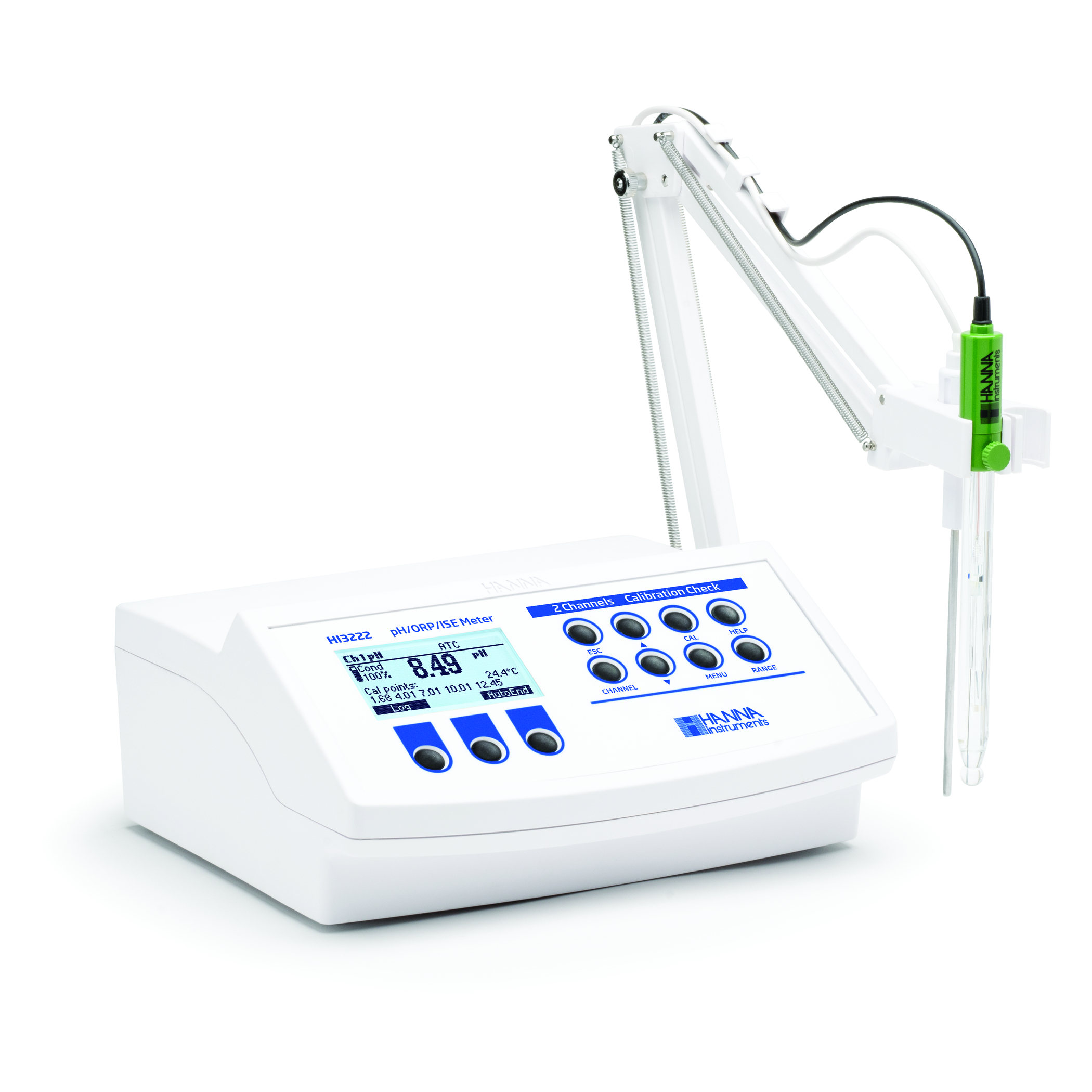
Importance of determination of Hardness and Alkalinity of water
With rise in the requirement of water for industrial, agricultural, and domestic consumption, resources are being used and re-used more
End of Content.
End of Content.

Any time you pick up a metal object, chances are that the item has some sort of plating on it. Plating is the process of depositing a thin layer of metal or metals onto a conductive surface. Plating has been an integral part of the manufacturing process since the turn of the 19th century. Originally, the goal of plating was to enhance the visual appeal of objects by depositing a thin layer of copper, gold, or silver; this allowed materials to be manufactured with cheaper steel but have the look and feel of precious metals. Later, additional coatings became available to provide functional properties, such as corrosion resistance.
Modern plating typically occurs by submerging the parts to be plated in liquid, commonly referred to as the plating bath. Plating is usually divided into two types: electroplating and electroless plating. In both cases, metal ions in the bath are deposited onto a submerged object through an oxidation-reduction reaction. In electroplating, an electrical current is applied to drive this reaction. However, electroless plating uses a reducing agent to drive the reaction without any electrical current. The electroless plating process has the advantage of depositing a uniform coating of nickel, even on uneven surfaces. Electroless plating can deposit a wide variety of thicknesses while electroplating tends to have a maximum deposit thickness.
While the advantages of electroless plating are substantial, the physical and chemical properties of the plating bath require tight control. Electroless plating baths are complex and can contain a myriad of components, including metal salts, buffering agents, reducing agents, complexing agents, inert salts, brighteners, and surfactants. The concentrations and ratios of these components have a significant impact on the final product. For example, the concentration of the reducing agent decreases during the oxidation-reduction reaction that drives the plating process. If the concentration of the reducing agent gets too low, then the plating will be reduced or even stop.
Some reducing agents are even deposited in the plated metal. In electroless nickel plating, sodium hypophosphite is the reducing agent but it also contributes phosphorus into the metal finish, forming a nickel-phosphorus alloy. The amount of phosphorus in the plating bath influences how much phosphorus appears in the alloy. This allows plating facilities to control the amount of phosphorus in the bath to obtain different properties in the nickel-phosphorus alloy. Nickel-phosphorus plated parts are commonly used in the automotive, electronic, and aerospace industries for their high corrosion resistance.
Hypophosphite concentration in plating baths is commonly determined with titration. In
this titration, a weak oxidizing agent is used to titrate the reducing agent, such as iodine. However, since the forward reaction occurs slowly, a back titration is commonly utilized. To perform the back titration, a known amount of iodine is added in excess to react with all of the hypophosphite present in the plating bath sample; this reaction takes place in the dark over a period of 30 minutes. Then, the remaining iodine can be titrated with sodium thiosulfate. For automated titrations, a redox (ORP) electrode is used as an equivalence point indicator.
A plating facility contacted Hanna for a method to automate their electroless plating titrations.
They were seeking a Nadcap accreditation for their low-phosphorous nickel process, seeking assurance that their analyses for hypophosphite were accurate and repeatable between analysts. Hanna recommended the HI932C Automatic Potentiometric Titrator for their laboratory. The HI932C is equipped to automatically perform back titrations with the ability to support two dosing pumps and titrants at once. The customer appreciated this because the titrator utilized the first pump and burette to dose enough iodine (titrant 1) to react with the expected concentration of hypophosphite, plus a user-adjustable amount of excess. The excess iodine could then be titrated with the second pump and burette containing sodium thiosulfate (titrant 2) after the 30-minute reaction time. Having two pumps and burettes made the test method easier for the analysts, who would have otherwise had to manually perform the back titration calculations and titrant additions. The customer also appreciated the automatic report generation which offered assurance to Nadcap auditors that the tests were performed consistently and on time. Due to the features offered by the HI932C and the service provided by the sales and service teams, the customer felt that Hanna Instruments added extensive value to their quality control laboratory.

With rise in the requirement of water for industrial, agricultural, and domestic consumption, resources are being used and re-used more

Electronic cigarettes, or e-cigarettes, are vaporizing devices that contain a nicotine solution designed to mimic cigarettes in both shape and
To empower customers to achieve quality
by supplying intuitive, accurate, and reliable analytical instruments with exceptional customer service and value.
We take pride in every product we build. From an original idea, to a completed product ready for testing. We oversee every aspect of the manufacturing process. It is this level of attention to detail that sets us apart.
To empower customers to achieve quality by supplying intuitive, accurate, and reliable analytical instruments with exceptional customer service and value.
We take pride in every product we build. From an original idea, to a completed product ready for testing. We oversee every aspect of the manufacturing process. It is this level of attention to detail that sets us apart.
To empower customers to achieve quality by supplying intuitive, accurate, and reliable analytical instruments with exceptional customer service and value.
We take pride in every product we build. From an original idea, to a completed product ready for testing. We oversee every aspect of the manufacturing process. It is this level of attention to detail that sets us apart.